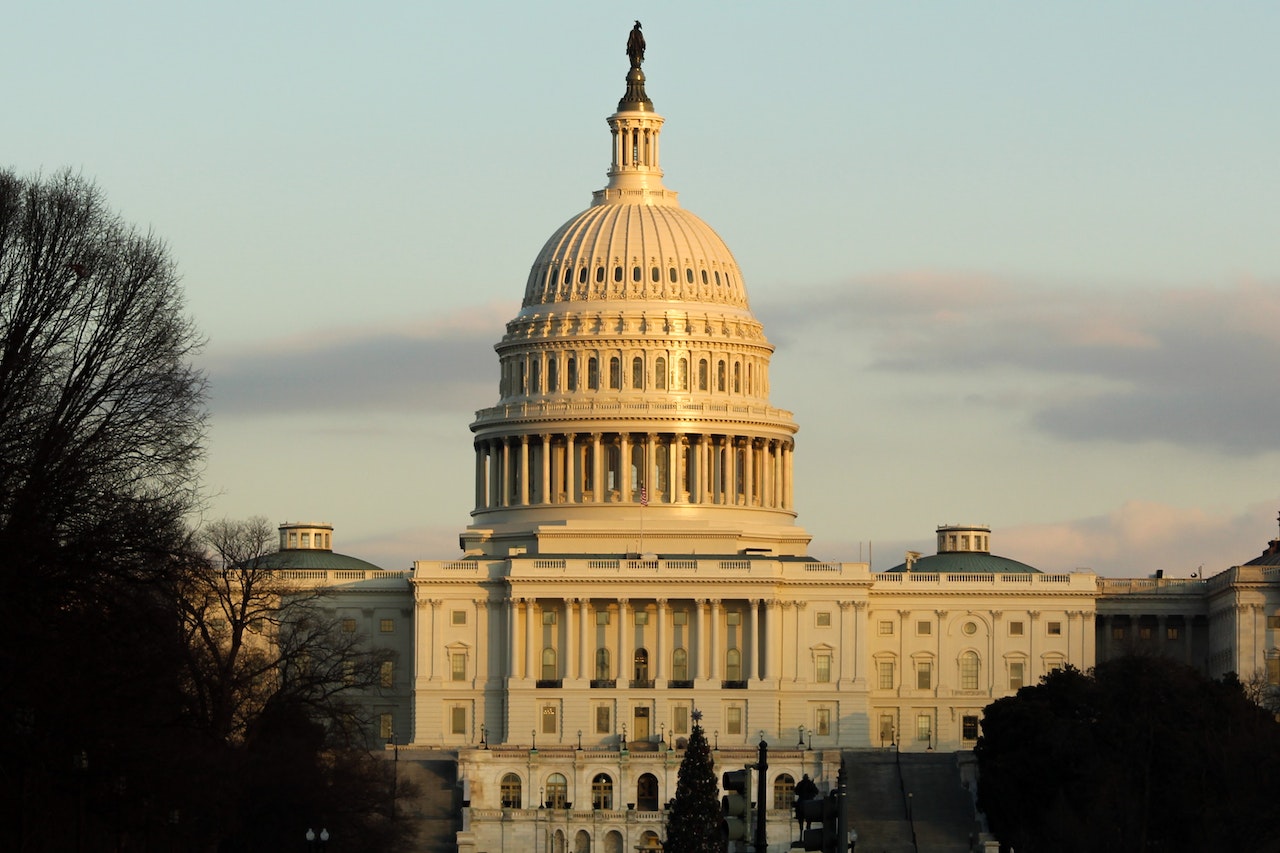Investors are eagerly awaiting the upcoming release of the July Consumer Price Index (CPI) data, a critical determinant that is set to influence the decisions of the Federal Reserve concerning interest rates. The report, slated to be published at 8:30 a.m. ET on Thursday, is expected to expose a headline inflation rate of 3.3%, signaling a notable acceleration in contrast to June’s annual price increase of 3%. These projections have been drawn from assessments provided by Bloomberg.
Gradual Uptick in Consumer Prices
The projected 3.3% year-over-year surge would signify the most gradual climb in consumer prices since March 2021. Furthermore, estimates indicate a 0.2% upturn in consumer prices for the month of July, echoing the month-on-month escalation witnessed in June. When examining the “core” perspective, which excludes the volatile expenses linked to food and gasoline, it is anticipated that July’s prices will have risen by 0.2% when juxtaposed with the previous month and by 4.7% in comparison to the prior year. These projections align with Bloomberg’s analysis.
Inflationary Pressure and the Monetary Policy Implications
Inflation, which consistently surpasses the Federal Reserve’s 2% target, continues to be a central concern. This, in conjunction with a labor market characterized by Federal Reserve Chair Jerome Powell as being “very tight,” indicates a probable trajectory towards raising interest rates later in the current year. However, as of Monday afternoon, market analysis suggests an approximate 85% likelihood that the Federal Reserve will maintain its existing rates during the September 20 policy meeting, as evidenced by data from CME Group.
The central bank implemented a 0.25% rate hike in July following the cessation of an aggressive rate-hiking cycle in June. Economists, for the most part, foresee a controlled transition within the United States’ economy due to its resilience. Veronica Clark of Citi Research has noted that the July CPI figures are unlikely to challenge the prevailing forecast of a soft economic landing.
Factors Influencing CPI Trends
Citi’s forecasts point to a minor strengthening in core CPI for the last month in comparison to the preceding reading. This analysis highlights that substantial price declines in airline fares, which had plummeted by 8.1% in June, are not expected to be replicated. Conversely, used car prices are predicted to have declined further in the past month, following a 5.2% year-on-year decrease observed in June. On the flip side, shelter prices are expected to sustain a similar growth rate to that witnessed in June before potentially tapering off in the upcoming months, as outlined in Citi’s analysis. Jan Hatzius, an analyst at Goldman Sachs, anticipates that monthly core CPI inflation will likely remain within the 0.2-0.3% range in the near future, attributing this to factors such as stagnant shelter inflation, diminished used car prices, and sluggish inflation in non-housing services as labor demand stabilizes.
Economic Resilience Amid Uncertain Interest Rates
While some economists maintain caution regarding the endurance of economic resilience in the face of elevated interest rates, Adam Slater of Oxford Economics underscores that uncertainties persist concerning the extent to which rate increases impact economic output. Oxford Economics’ forecast envisions that advanced economies, including the United States, may potentially experience a slide into negative territory by the end of 2023 or the commencement of 2024.
Significant Investment Implications
The imminent release of the CPI report on Thursday bears immense potential in providing insights into the trajectory of interest rates by the Federal Reserve in the upcoming year. In light of this, investors are advised to closely monitor the July CPI data and carefully consider its potential influence on the Federal Reserve’s decision-making processes.
Source: Yahoo Finance



